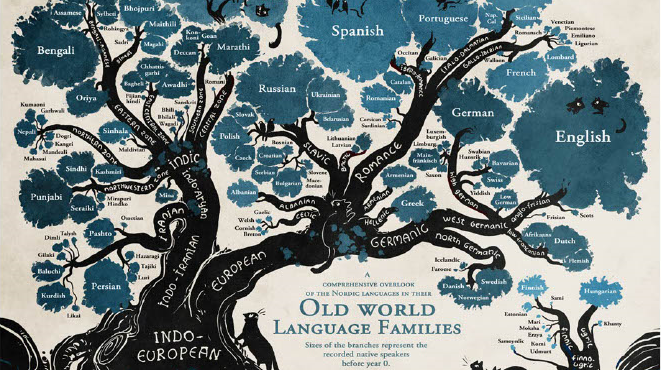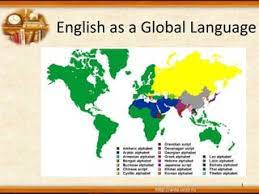
Few strands in the vast tapestry of human communication have strongly woven themselves into the fabric of international conversation as the English language has. English has firmly established itself as the universal language of the modern world, from the busy avenues of New York City to the isolated tribes of Papua New Guinea. However, how did a language that originated on a tiny European island get to have such a profound influence over global communication?
There are many different historical, cultural, political, and economic elements that have shaped the complicated and diverse tale of English’s rise to prominence in the world economy. Its voyage started in the early Middle Ages when Old English, the language of the Germanic tribes that conquered Britain, were mainly the Angles, Saxons, and Jutes. Old English changed over the ages as a result of interactions with Latin, Norse, and Norman French; by the fourteenth century, it had become Middle English.
The establishment of the British Empire in the 16th century marked a turning point in the history of English language use and its climb to worldwide prominence. English became the official administrative, educational, and commercial language in the colonies that the British explorers, traders, and colonists took with them to far-off places of the world. The Industrial Revolution, which strengthened Britain’s economic hegemony and promoted the language’s diffusion through trade, industry, and technology, contributed to the English language’s rapid spread.
The twentieth century saw the height of English’s worldwide influence, driven by the US’s rise to prominence as a superpower after World War II. English’s status as the leading international language was solidified by the United States’ unmatched economic, political, and cultural influence, as well as the spread of American popular culture via television, music, and film. This trend was furthered by the end of the Cold War and the development of the internet, with English becoming as the de facto language of cyberspace and enabling unprecedented levels of worldwide connectedness and communication.
Today, English is the language that both native speakers and non-native speakers speak the most in the globe, with over 1.5 billion people using it as their first or second language. Its hegemony transcends conventional spheres like trade, diplomacy, and higher education and permeates nearly every facet of contemporary life, including social media, entertainment, and science and technology.
English’s worldwide dominance is not without controversy, though, as well as difficulties. Its supremacy, according to critics, upholds linguistic imperialism by marginalizing indigenous languages and cultures and bolstering established hierarchies of power. Furthermore, worries about linguistic uniformity and the loss of linguistic diversity have been raised by the English language’s quick spread.
Still, the tale of the international rise of English bears witness to the extraordinary flexibility and robustness of human language. The function of English in international communication will change and evolve along with the world. It remains to be seen if it continues to dominate in the face of new linguistic factors or gives way to others. However, as of right now, English continues to be the language of globalization that unites a wide range of ethnicities and cultural backgrounds into a single linguistic fabric.


 No Comments
No Comments





